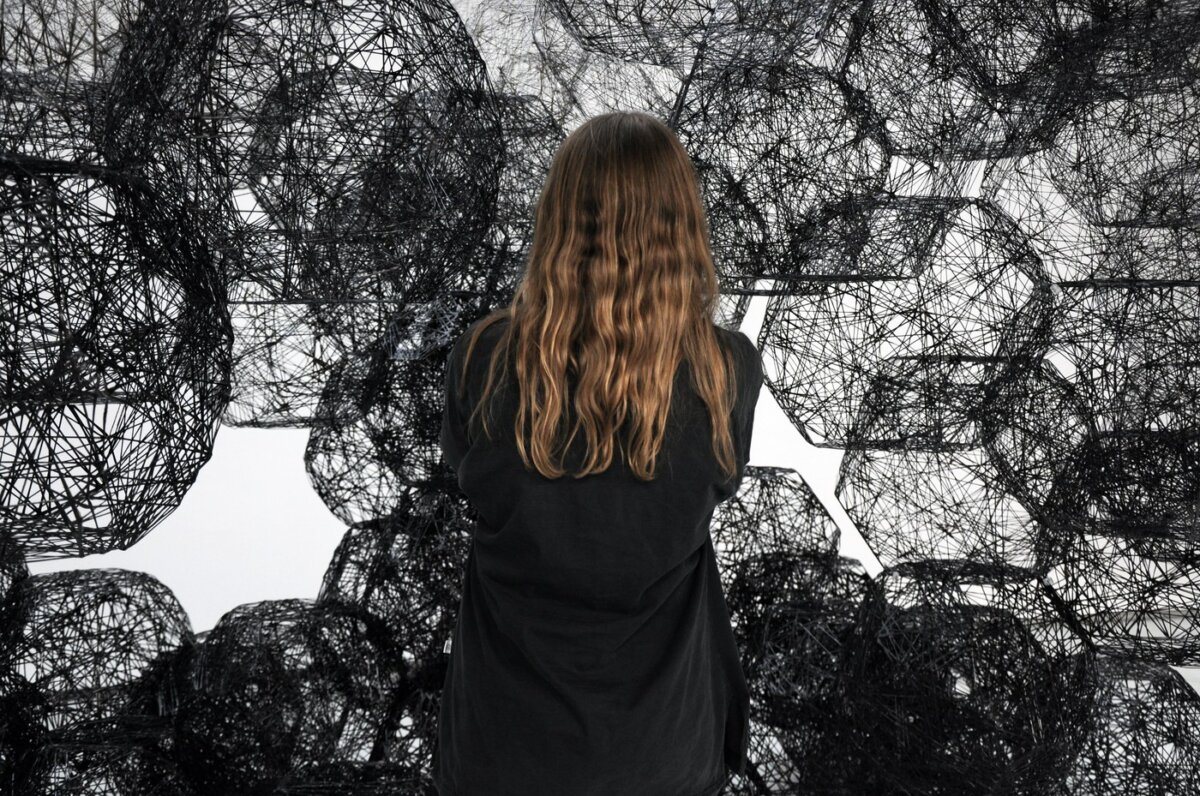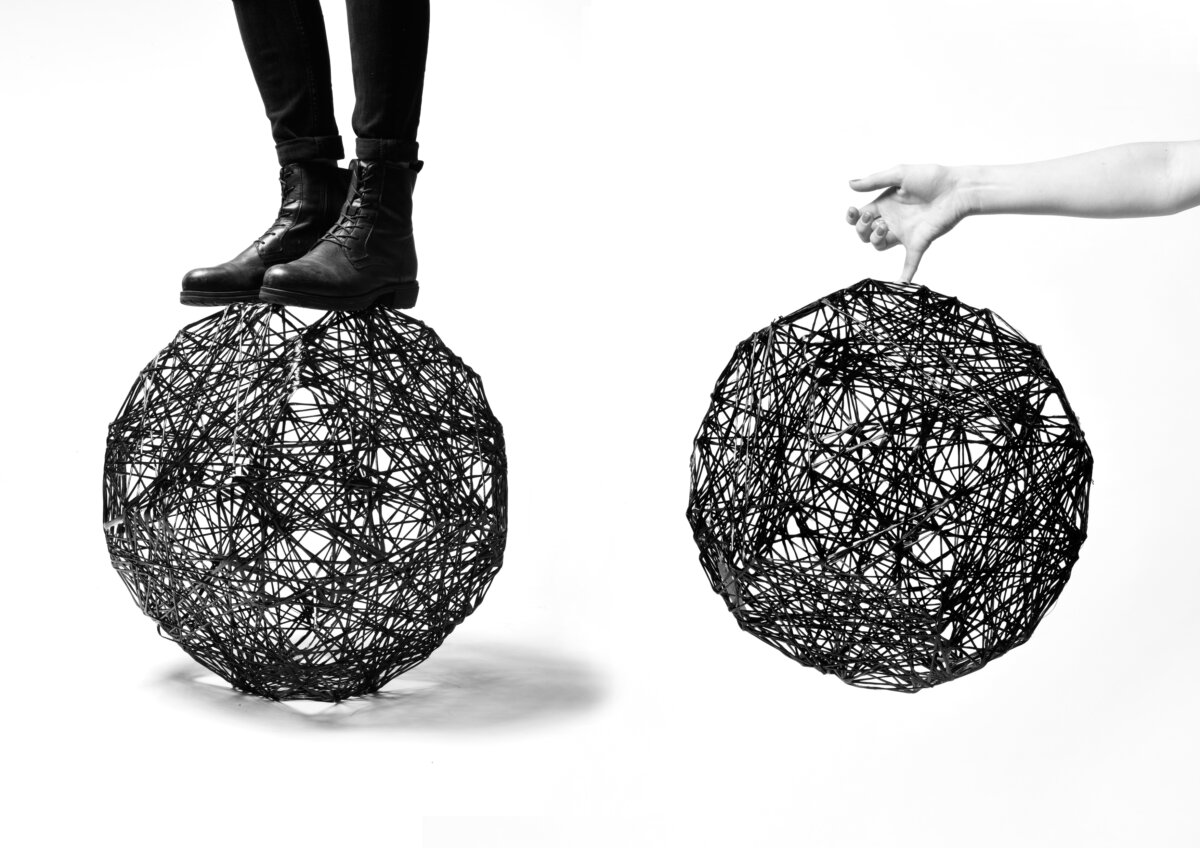The Matters of Activity excellence cluster investigates the inner structures of materials with a view to making them usable.
While the challenges of digitisation are discussed elsewhere, scientists in the cluster of excellence have moved on. “We say that the future lies in a new kind of analog,” says Prof. Dr. Wolfgang Schäffner, Director of the Hermann von Helmholtz Centre for Cultural Techniques and spokesman for the cluster of excellence. Over 40 different disciplines at the Humboldt-Universität are working together on a “new culture of the material,” meaning that they are investigating the properties of active materials with a view to making them usable. Active materials have a life of their own; they change and develop.
In manufacturing technology as it has developed over the past 200 years materials of this kind have not been particularly popular, Schäffner says. High on the popularity list were, in contrast, stable, passive materials like steel or concrete, materials with controllable behaviour. Changes were seen as problematic. „When iron rusts it is seen as a malfunction,” says the professor of the history of knowledge and culture. A good example of active material is wood, which “works” and adapts to external conditions. What happens if you don’t try to make wood amenable but leave it to get on with its activity? Matters of Activity aims to get to the bottom of this question.

